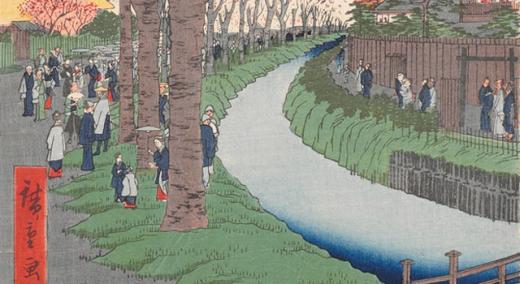Editor’s note: Read episode two in the Respect for People series here.
I was standing in a back room of the Honolulu Museum of Art that was off limits to the public. In this one room, protected from bugs, humidity, and light, was the world’s largest collection of Japanese woodblock prints. (My childhood friend, Shawn, is an unlikely expert of Japanese woodblock prints.)
|
ADVERTISEMENT |
One of the things I geek out on is watching other geeks geek out on what they geek out about. I love to listen to people talk about what they really love, and Shawn did not fail to deliver. Through him we met the people, the business models, the supply chains, the evolving use cases, the ink choices, the artists, the engravers, the labor disputes, the burnout, and so on, of an industry centuries in the past. It was gorgeous detail.
…

Add new comment